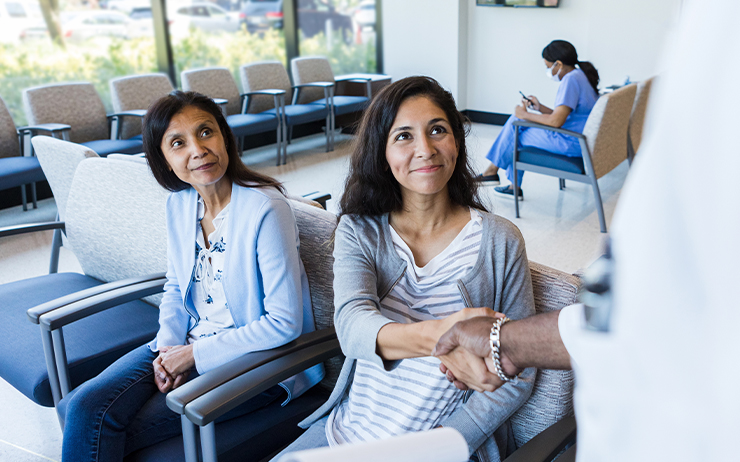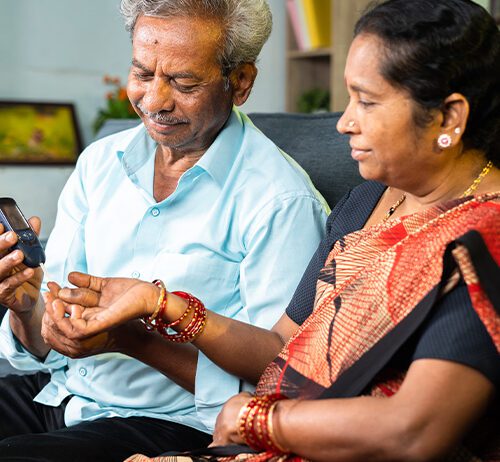29 March 2023
Mastering Stress with the STOP Mindfulness Technique: A Guide to Using MBSR to Manage Anxiety and Sedentary Lifestyles
by Dr. Rohit Kumar
This blog explores how STOP and MBSR can help manage stress and anxiety and the importance of avoiding a sedentary lifestyle for mental health.

